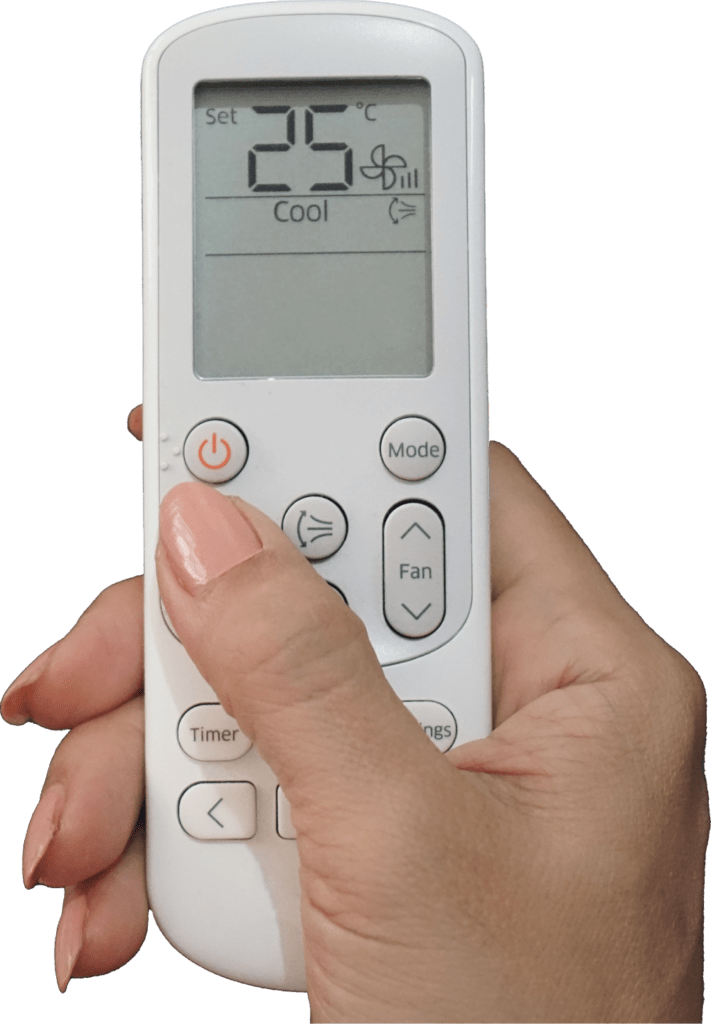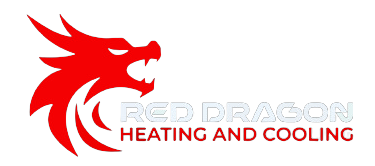- 518.348.9000
- [email protected]
- 117 Van Rd Gloversville,NY 12078
Heat Pump Installation: Expert Tips for Seamless Setup
Heat pump installation offers a crucial step toward enhancing home energy efficiency and comfort. A correctly installed heat pump can significantly lower energy bills and provide consistent heating and cooling throughout the year. Understanding the installation process and choosing the right system is essential for optimal performance and cost savings.
Selecting the appropriate heat pump involves considering factors such as the size of the space, climate, and specific heating or cooling needs. Professional installation ensures the system is set up correctly, avoiding common pitfalls that could affect its efficiency and lifespan.
For homeowners looking to reduce their carbon footprint, heat pumps are an excellent choice due to their low environmental impact compared to traditional heating systems. Embracing this technology not only benefits the environment but also contributes to long-term financial savings.

518 Red Dragon Service Areas Include :

Amsterdam
Amsterdam Heat Pump Installation

Gloversville
Gloversville Heat Pump Installation

Johnstown
Johnstown Heat Pump Installation

Broadalbin
Broadalbin Heat Pump Installation

Fonda
Fonda Heat Pump Installation
Mayfield
Mayfield Heat Pump Installation
Northville
Northville Heat Pump Installation

Understanding Heat Pump Systems
Heat pump systems offer an efficient way to heat and cool homes. They work by transferring heat rather than generating it from a fuel source.
Types of Heat Pumps
There are three main types of heat pumps: air-source, ground-source, and water-source.
Air-source heat pumps are the most common and use outdoor air as both the heat source and heat sink. They are relatively easy to install and cost-effective.
Ground-source heat pumps, also known as geothermal heat pumps, utilize the stable temperature of the ground. This type is more efficient but involves higher upfront installation costs due to extensive ground-loop installation.
Water-source heat pumps draw thermal energy from a nearby water source like a lake, river, or well. This system is effective where a consistent water source is available, providing efficient heating and cooling.
Benefits of Heat Pump Technology
Heat pump technology offers several benefits:
- Energy Efficiency: Heat pumps consume less energy compared to traditional heating systems because they transfer heat rather than generate it.
- Cost Savings: Lower energy consumption translates to reduced utility bills in the long run.
- Dual Functionality: Heat pumps can both heat and cool a space, eliminating the need for separate systems.
- Environmental Impact: Less reliance on fossil fuels decreases greenhouse gas emissions, making it a greener choice.
How Heat Pumps Operate
Heat pumps function on the principle of heat transfer. During the heating cycle, the system extracts heat from the external environment (air, ground, or water) and transfers it indoors.
Phase Changes
Heat pumps use a refrigerant, which absorbs and releases heat as it changes phases between liquid and gas.
Main Components
The main components include a compressor, refrigerant coils, and a fan.
In cooling mode, the process reverses: the system removes heat from inside the building and releases it outside. This flexibility is what makes heat pumps unique and highly efficient.
Planning and Installation Process
Proper planning and thorough execution are crucial for heat pump installation. This process involves evaluating your space requirements, choosing the right unit, following best practices during installation, and conducting post-installation checks.
Evaluating Your Space Requirements
The first step in the installation process is to assess the space where the heat pump will be installed. Important factors include the square footage, layout, and existing HVAC systems. Homeowners should measure the physical space and identify possible obstructions.
Space considerations:
- Size of the area
- Proximity to other equipment
- Accessibility for maintenance
Properly evaluating the space ensures the unit can operate efficiently and safely.

Selecting the Right Heat Pump
Choosing the correct heat pump involves considering the climate zone, energy efficiency ratings, and the specific needs of the household. Heat pump types include air-source, ground-source, and water-source units. Each type has its benefits and suitability based on regional climates.
Key selection criteria:
- Climate suitability
- Energy efficiency (SEER and HSPF ratings)
- Compatibility with existing HVAC systems
Consulting with a professional helps in making an informed decision regarding the appropriate heat pump.
Installation Best Practices
Following best practices during installation helps in achieving optimal performance. This involves placing the unit on a solid, level surface and ensuring clearances around the outdoor condenser.
Installation tips:
- Leveling the outdoor unit
- Checking refrigerant levels
- Properly sealing ducts
Professional installation is recommended for ensuring all electrical connections and refrigerant lines are correctly managed, adhering to local codes and manufacturer guidelines.
Post-Installation Checks
After the installation, conducting a series of checks ensures the system functions as intended. These include testing the system for leaks, verifying thermostat accuracy, and confirming airflow.
Checklist:
- Inspect connections for possible leaks
- Test thermostat settings and response
- Monitor airflow and temperature distribution
These checks help in identifying any issues early on, allowing for timely adjustments and ensuring efficient operation of the heat pump system
WHAT WE DO
Expert HVAC Care, Always.


Residential Installations
Trust us to transform your space into a haven of perfect climate control with our expert HVAC installations.

Commercial Installations
Trust us to transform your space into a haven of perfect climate control with our expert HVAC installations.

Thermostat Installations
Trust us to transform your space into a haven of perfect climate control with our expert HVAC installations.

Air Quality Solutions
Trust us to transform your space into a haven of perfect climate control with our expert HVAC installations.
